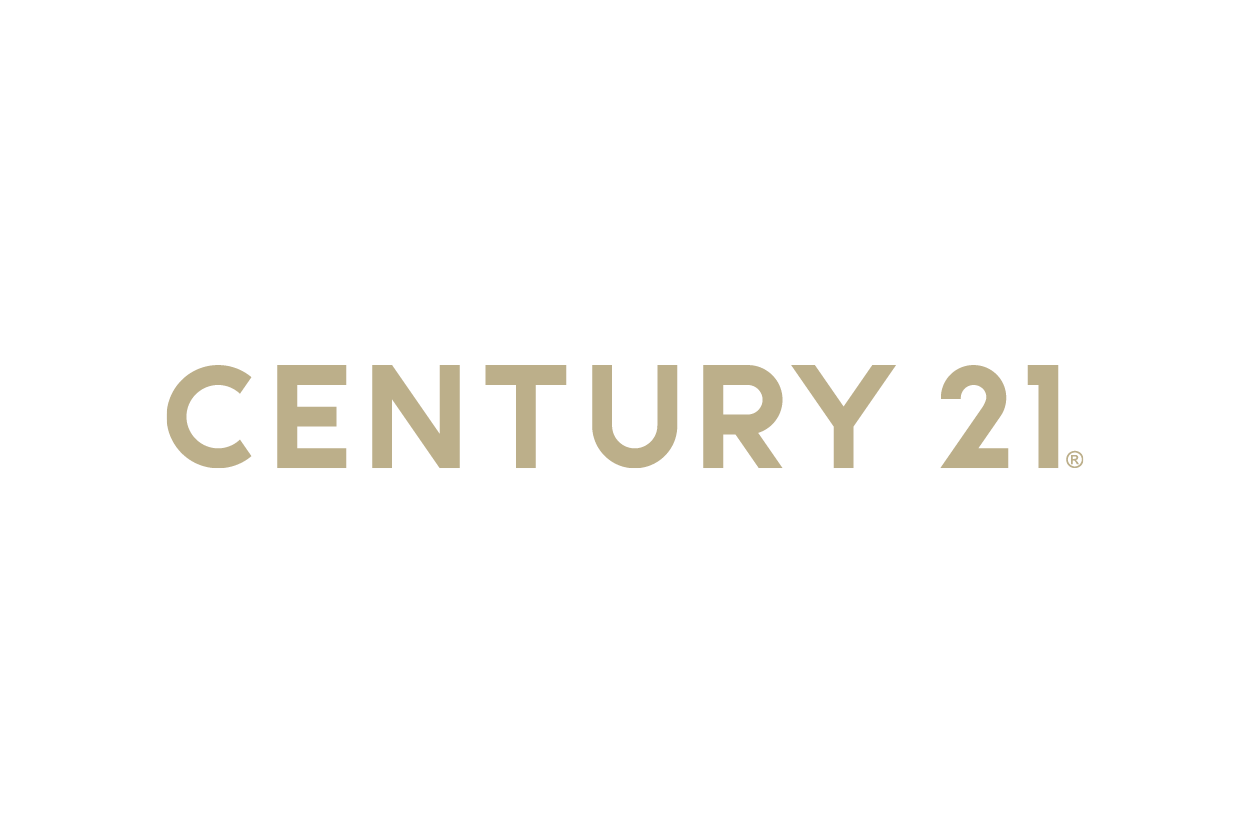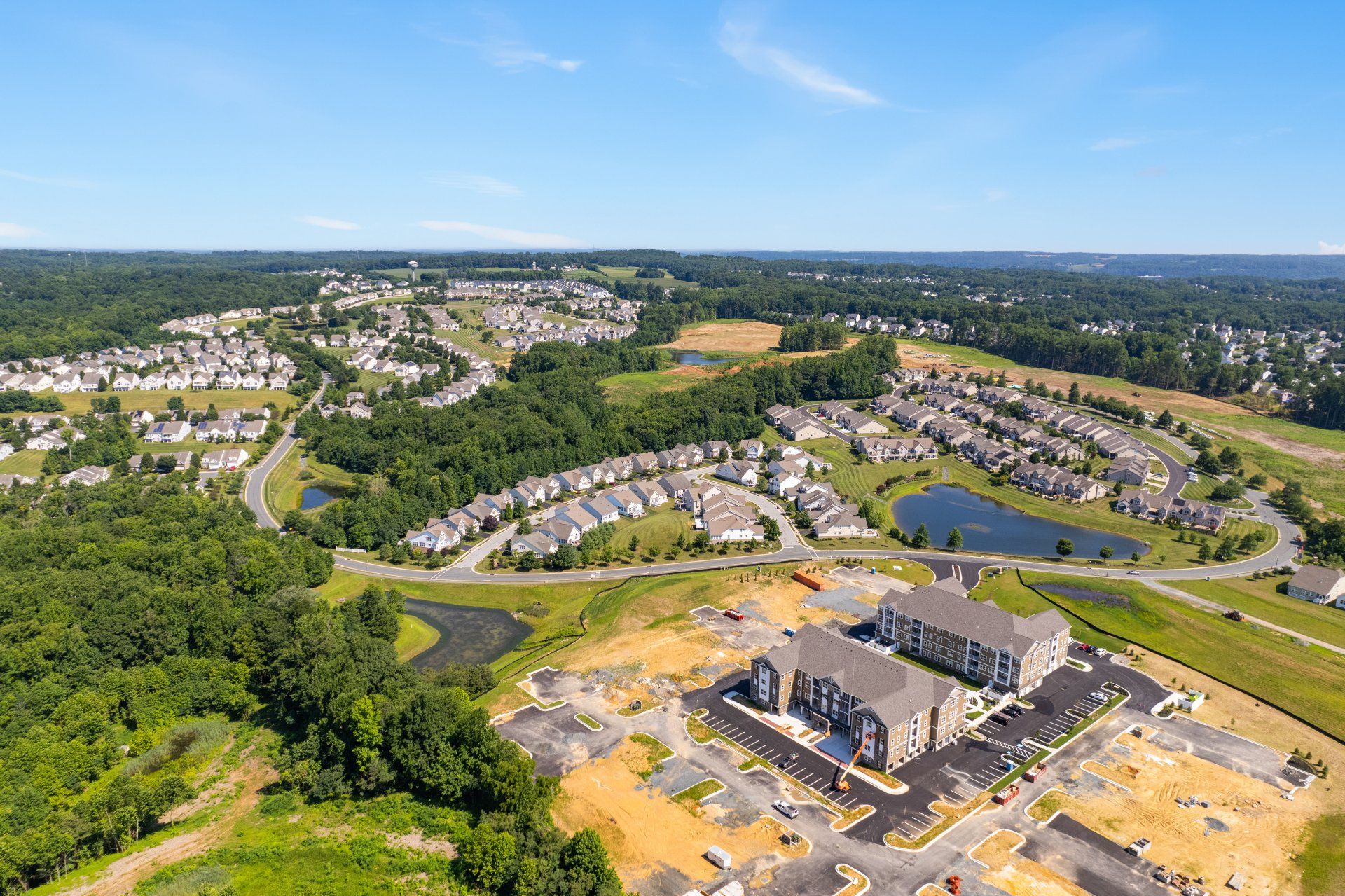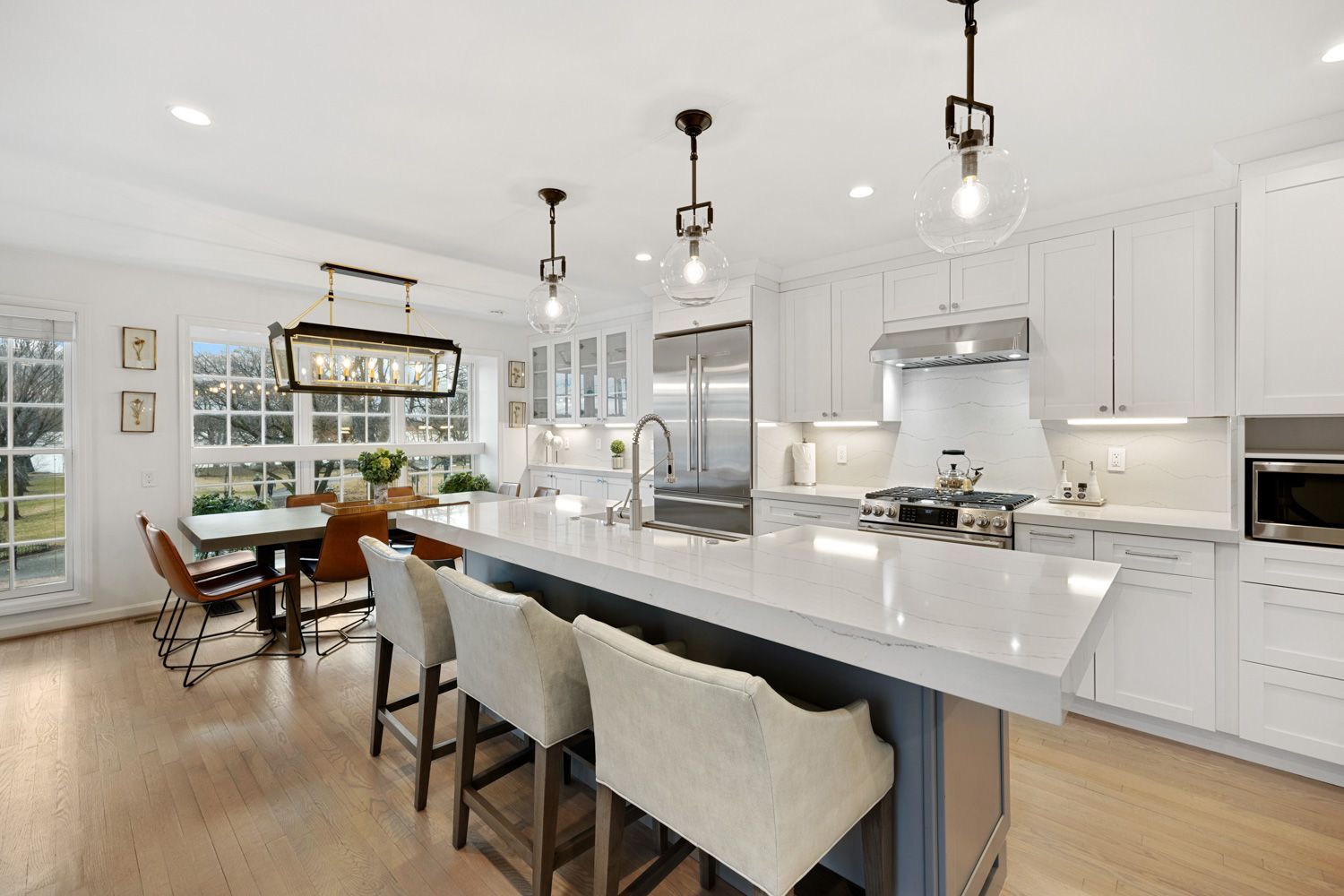Meet Victor Coll, a seasoned expert in the art of in-bound content marketing. With a proven track record in crafting winning content strategies, Victor excels in attracting and engaging audiences organically. His proficiency extends to optimizing content for maximum impact, resulting in increased brand visibility and audience retention. Victor's dedication to the art of in-bound content marketing has helped businesses achieve remarkable growth. Join him as he shares invaluable insights and strategies to empower your content marketing efforts and drive meaningful connections with your target audience.
9 Ways To Make Your Virtual Tour Stand Out from the Rest
WHY PAY MORE?
Virtual tours have been making an impact on real estate marketing services for years. Now, because of the impact of COVID-19, they are proving themselves to be important tools for times when in-person open houses and showings are not possible. More than that, home buyers, the majority of whom begin their home searches online, are coming to expect the immersive experience of a virtual tour to accompany a property listing.
But not all agents are taking full advantage of the tools available to them. And many are settling for something less than authentic. In an increasingly competitive (and digitally driven) market, it makes sense to consider how a virtual tour - a real one - can attract the right kind of attention to a property and showcase a home online.
Not all “virtual tours” are equal
Some years ago, a crane driver from England decided he wanted to play in the British Open. Despite the fact that he had never played a full round of golf in his life, Maurice Flitcroft entered the tournament qualifying event in 1976. Naturally, he did not do well. In fact, he carded the worst score in the history of the Open. Fans loved him; the golf establishment did not, and he was made to leave. Undeterred, Flitcroft assumed pseudonyms and faked his way through twice more in the decades to come.
History is replete with imposters, posers like Maurice Flitcroft. Real estate marketing has its imposters too. Marketing strategies that pose as
virtual tours when, in reality, they are not. It does not take a lot of effort online to notice that some agents use the term “virtual tour” quite loosely. Many property portrayals have the tag “virtual tour” attached to them when, in reality, they are not virtual tour experiences at all. And consumers notice.
For instance, when a home buyer clicks on a link to a virtual tour, what they often find is a
walkthrough video tour. Now, a video tour of a home is a great marketing tool when it is done properly. But it is not the same as a virtual tour. It is not interactive. It does not allow visitors to navigate on their own as they would in a real home. A
real estate video leads people down a select pathway that lends far better to telling them a story than it does to immersing them in the property.
Another virtual tour imposter is the
interactive floorplan. With this tool, a visitor can do their own navigation, but what they see is actually a 3D approximation or model of a home. This might come with 2D images attached so that prospective buyers can see a snapshot of what a room looks like or where it is located in the bigger picture. But an interactive floor plan falls far short of an authentic virtual tour, both in terms of the navigational choices afforded to a visitor and the images that they see.
Sadly, sometimes when a shopper clicks on a “virtual tour” link, what they get is nothing more than a slideshow of the same pictures that they browsed in the listing. Maybe set to music. Maybe in a designated order. Certainly not a virtual tour.
What makes for an authentic virtual tour?
So, what precisely is a virtual tour then, if not one of the above? Well, an authentic virtual tour should possess certain qualities or characteristics that separate it from other forms of media - real estate videos, interactive floor plans, and the like. For one, a virtual tour should be immersive. It should draw a viewer into a home as if they were actually there in the space, with full control of where they step foot. Other indicators of an authentic virtual tour experience include:
- 3D imagery of every space, indoors and out, derived from actual footage of the property, not a digital re-creation
- Options for visitors to explore any part of the home or property at any time for as long as they like
- Easy accessibility through a range of digital devices, from desktop computers to smartphones and tablets, and across multiple operating systems
- A high standard of image quality, load speed, and aesthetic aspects like lighting, resolution, and preventing people from walking through virtual walls on a tour
- Reproduces the experience of visiting a home in person
A true virtual tour ought to allow a visitor to enter a home, take their time, walk around anywhere they wish, and look in any direction with ease. High-end virtual tours (such as the
Matterport showcase that produces a
digital twin of any space) also allow visitors to measure walls and doorways and other features with a high degree of accuracy
and click on embedded links that detail property features along the way. In addition, a quality virtual tour also gives visitors a floorplan view and overhead “dollhouse” view of the home. Certainly a video or slideshow does not allow for that.
9 ways to make your virtual tour stand out
With a better understanding of what is - and is not - a true virtual tour, here are 9 ideas to help your 3D home hour to stand out.
- Home staging. When visitors enter the realm of a virtual tour, they should become immersed in a place that can capture their attention and spark their imaginations. An empty home presents too blank a canvas. Careful staging for your kitchen, living room or bedrooms before a home is photographed or scanned - or virtual staging after the fact - can make for an enhanced experience.
- Lighting. For a virtual tour (or HDR photography, for that matter) to create the best impression of a home, careful consideration should be given to the lighting. A dim room appears small and uninviting. Inconsistencies in lighting from room to room create an unnatural flow through a house. A professional photographer understands how to combine natural light with high contrast accent lighting to create a warm and inviting atmosphere.
- Viewpoints. A virtual tour is made up of a number of 360 degree scans taken with a 360 degree camera from multiple locations in each room. These overlapping scans are “stitched” together using artificial intelligence to create a virtual world that closely resembles the real one. A scan can be done anywhere in a home or yard. Better if the scanning locations are carefully selected. Every position should represent a natural stopping point along an actual tour to lend a sense of realism to the journey.
- Big picture. One consideration for scanning locations is how each view gives not only an impression of a room, but also how that room fits into the larger narrative.
How does each room flow into the next? How is the current room connected to other rooms in the home? Can a visitor see outside from this position? These questions help a photographer select suitable scanning positions for a virtual tour.
- Highlight unique features. Every home has some attribute that makes it unique. Or it should. Is there a fireplace? An architectural aspect? An historic attribute that can be called out (Matterport showcases employ Mattertags to do just that)? A quality virtual tour should capture and highlight those interesting features.
- Get visitors out of doors. Do not deny your virtual visitors the chance to check out the exterior of a home. See it from the street. Walk along the patio or the pool deck. For added interest, you can attach a link to a drone video that lends a bird’s eye perspective to the tour.
- Optimize for viewing. Consumers have many different preferences when it comes to the digital devices they rely on. Some will make a virtual visit via web browser on a laptop, others on a smartphone. One person prefers an iPhone, another a Galaxy. See that your virtual tour is optimized for viewing across multiple platforms, including virtual reality devices.
- Make sure load times and latency are at a minimum. It really does not matter how good your virtual tour turns out if it takes too long to load or slows down mid-tour. People have zero tolerance for technology that is not up to par, so make sure that your images have great resolution and can load quickly. That is made possible by relying on a company like Matterport.
- Feature your virtual tour in creative ways. To get the best ROI from Matterport or another virtual tour product, make sure to share them. A lot! Of course, include them with the listing, but post them on your website too. Share them across social media platforms. Send them as part of an email campaign. Link them in your print ads with a QR code. Come up with creative placements for your virtual tours.
From fake products to phishing scams, people are tired of phonies. They are looking for an authentic experience. So, for those out-of-town buyers or anyone else who, for some reason or another, cannot visit a property in person, a
real virtual tour comes as close as possible to the real thing.


Real Estate Photography Blog Categories



CONTACT US
Brought to you by
1 Texas Station Court
Suite 130
Timonium, MD 21093
All Rights Reserved | ©2025 Hometrack Real Estate Marketing | Privacy Policy | Powered By Craig Westerman, Victor Ivan Coll , and Juno Digital Media












